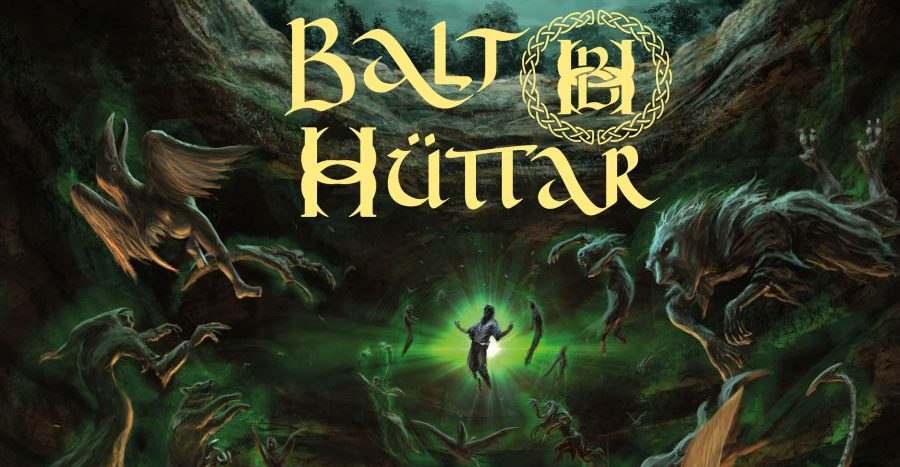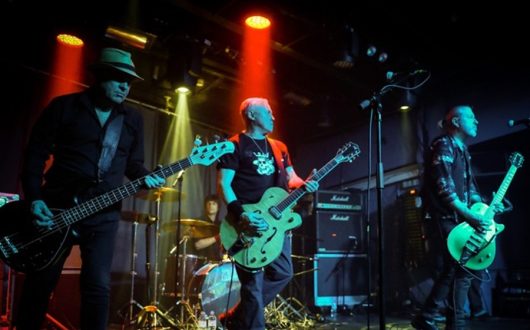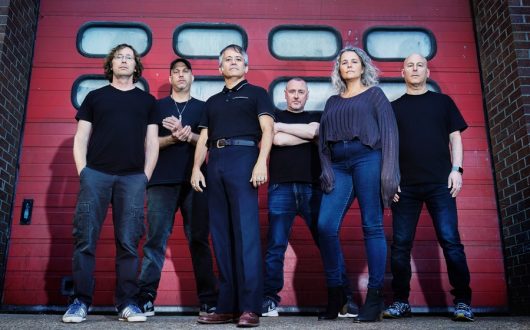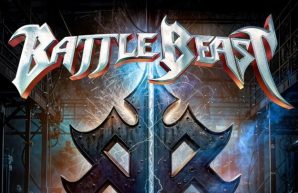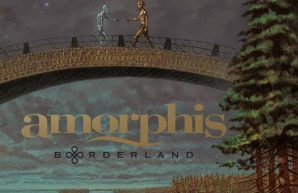Release Date: September 12th, 2025
Label: Rockshots Records
Genre: Folk Metal
Line Up:
Ilaria Vellar: diatonic accordion, piano accordion, keyboards, vocals
Jonathan Pablo Berretta: vocals, flutes
Mattia Pivotto: guitar, Irish bouzouki, flutes, bagpipes, bodhrán, tagelharpa, vocals
Nicola Pavan: bass
Federico Rebeschini Sambugaro: drums
Tracklist:
An Naüjez Lant
Ghebar Khriegan
Vaia – ´Z Gadénkhe
Dar Aatom me Pèrge
Gakhrieget Lant
Il Minatore
Grésatar Stòan
1310
Prüdare Liebe
Tin Tan Nona
Tanzerloch
Hailing from Italy’s Altopiano di Asiago in the Veneto region, Balt Hüttar emerged in 2011 as a folk metal outfit with a distinctive cultural mission. Their moniker means “Guardians of the Forest” in Cimbrian—an uncommon Upper German dialect that persists in northeastern Italy’s remote pockets. The band’s purpose extends beyond entertainment: they’re actively working to safeguard and breathe new life into ancient Cimbrian heritage through their music. Performing in a trilingual mix of English, Italian, and Cimbrian, they fuse folk traditions with metal’s raw power to forge a distinctive sonic identity.
Being someone who’s drawn to music in languages I can’t decipher, this immediately caught my attention. What makes their approach even more compelling is how they channel the legacy of the Cimbri—a Germanic people with roots in Scandinavia. Through their compositions, Balt Hüttar champions stories, linguistic traditions, and cultural practices that have survived wars, displacement, and the erosive effects of cultural uniformity over many centuries. Which brings us to ‘Tanzerloch’…
This release takes listeners on a conceptual voyage through the folklore, historical tragedies, and festive traditions of northern Italy’s Altopiano dei Sette Comuni. One track, ‘Il Minatore’, chronicles the Marcinelle mining catastrophe—though I’ll confess, my initial assumption was that it referenced the bull-headed figure from Greek legend. Fortunately, I did my homework, discovering the actual topic carries considerably more gravity. The album also addresses the destructive 2018 Vaia storm in ‘Vaia – ´Z Gadénkhe’, while the title song delves into regional lore about a witches’ gathering in a forested ravine—a tale well-known to locals.
Before you dismiss this as overly demanding listening, hear me out. Modern album appreciation thrives on narrative depth, thematic cohesion, conceptual frameworks, and meaningful lyrics to explore. Balt Hüttar delivers all this in spades, offering a welcome alternative to the slick, overpolished productions dominating medieval rock today. There’s genuine authenticity here, amplified by the emotional weight of those darker historical subjects I mentioned.
Ultimately, their sound merges folk metal, power metal, and contemporary metal elements while maintaining unwavering connections to Cimbrian cultural roots. Find me another band accomplishing that feat!
